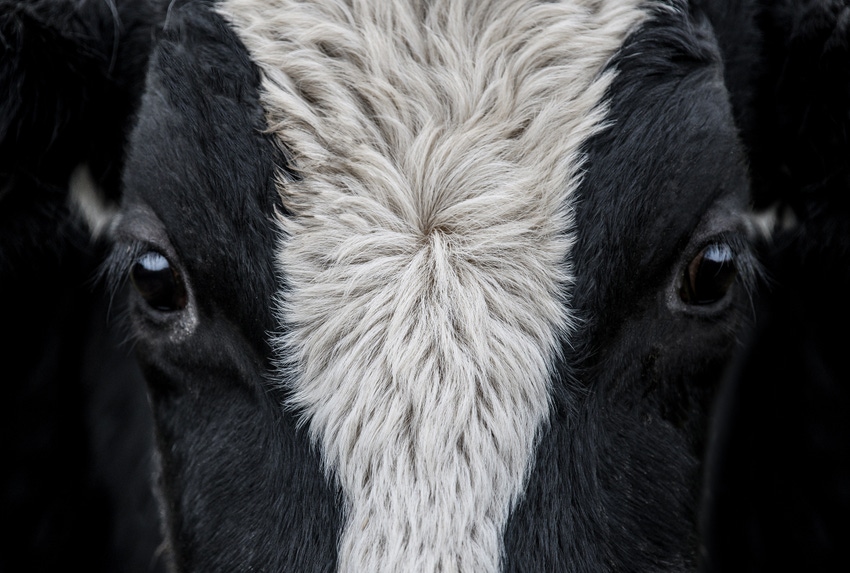RaboResearch: No shortage of uncertainty for dairy sector
Labor challenges, ongoing cost inflation and environmental pressures will keep U.S. production flat to slightly negative.

Volatility loves uncertainty, and there is no shortage of uncertainty in the global dairy markets, RaboResearch stated in the newly released “Dairy Quarterly Q1 2022.” In fact, even before the Russia-Ukraine conflict, Rabobank said a supply shortage had led to soaring global dairy commodity prices. The shortfalls will likely continue in the near term, leading Rabobank to forecast a continued decline in milk production in the seven largest export regions—down 0.7% year over year—during the first half of 2022.
According to the report, milk prices have followed the rise in commodity prices, and there is even more upside potential in some regions. However, rising input costs, labor constraints, weather and feed variables will continue to limit the outlook for producers.
On top of the challenges affecting production, Rabobank said inflationary pressure is running rampant, which begs the question of how high prices will go and for how long. This, the report suggested, will hinge upon consumer behavior and when market conditions may normalize. For now, both are “very unpredictable.”
Additionally, the report said dairy exports will slow this year due to lower supply. Based on Rabobank’s supply and demand forecasts, exports in liquid milk equivalents are expected to decline year over year trough 2022. This, the firm noted, is a duration not previously experienced.
“In the absence of supply growth and government-held stocks, we continue to see the potential for market upside during 1H 2022, even with the expectation that China will remain on the sidelines,” the report relayed.
What to watch
Obviously, all eyes will remain on the Russia-Ukraine conflict. Rabobank said the situation presents “significant upside risks” for energy, fertilizer, and agriculture, all of which will have a spillover impact on feed costs, feed availability, and dairy commodity prices.
According to the report, Russian and Ukraine combined account for 28% of global wheat exports, 18% of corn, and 30% of barley. The impact of this is stacked on top of already tight commodity markets for other regions that are battling drought, rising fertilizer costs and falling yields and acreage.
The report highlighted other global happenings worth watching include China’s changing patterns in its dairy import buying due to amply stocks and continued domestic production growth as well as a structural decline in Northwest Europe’s milk supply as Germany, France and the Netherlands anticipate a more significant regulatory authority.
U.S. production stalled
While milk prices are following dairy prices higher enough to stop accelerated culling by producers, other factors will continue to hinder any major rebound in milk production growth, Rabobank noted in the report. A low inventory of replacement heifers and persistent limitations on milk shipments are two such limiting factors.
These factors, combine with labor challenges, ongoing cost inflation and environmental pressures will keep U.S. production flat to slightly negative during the first half of 2022, the firm said.
January milk production was down 1.6% year over year and cow numbers were down by 82,000 head.
On the demand side, Rabobank said declining U.S. COVID numbers should result in a spring rebound. Further, while inflation is affecting food categories, the level is not as high as other consumer spending categories. Nonetheless, price sensitivity will need to be watched for signs of demand erosion, the report stated.
As for exports, Rabobank suggested that the robust levels seen over the past two years may not be sustainable as elevated costs and delays for shipping will continue to be a challenge. U.S. dairy exports finished 2021 11% higher year over year, largely due to key customers Mexico and China.
About the Author(s)
You May Also Like





